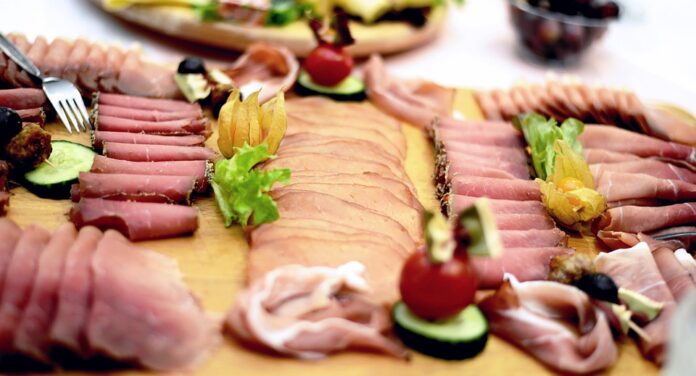The Role of Ham in Traditional Cuisine Across Cultures
Ham is a popular ingredient in traditional cuisine across various cultures around the world. From Spanish jamón to Italian prosciutto, ham plays a significant role in many culinary traditions. This report delves into the cultural significance of ham in different cuisines, its production methods, and its economic impact.
Cultural Significance of Ham
In Spain, jamón is a revered food item that is deeply ingrained in the country’s culinary heritage. Spanish ham is typically made from the hind legs of pigs, which are cured and aged for several months to develop their distinct flavor. Jamón is often enjoyed as a tapas dish or as part of a charcuterie board.
In Italy, prosciutto is a staple in Italian cuisine, particularly in dishes like prosciutto e melone (prosciutto and melon) or prosciutto-wrapped asparagus. Italian prosciutto is typically dry-cured and aged for an extended period to enhance its flavor. Prosciutto di Parma and Prosciutto di San Daniele are two of the most famous varieties of Italian prosciutto.
In Asian cuisines, ham is also used in various dishes, such as Chinese ham and pea fried rice or Japanese ham katsu. While the preparation methods may vary, ham adds a savory and umami flavor to many Asian dishes.
Production Methods
The production of ham involves curing and aging the meat to develop its unique flavor profile. The curing process typically involves salting the meat and allowing it to dry for a period of time. Depending on the type of ham being produced, additional steps such as smoking or air-drying may be involved.
In Spain, jamón is often cured using a traditional method known as “Pata Negra,” which involves using only acorn-fed pigs. This method results in a rich and nutty flavor in the ham. Italian prosciutto, on the other hand, is typically dry-cured with salt and aged for a minimum of 12 months.
Economic Impact
The ham industry plays a significant role in the economy of many countries around the world. In Spain, the production of jamón is a multi-billion-dollar industry, with exports to countries like the United States, China, and Japan. Spanish jamón is considered a luxury product and commands high prices in international markets.
Italy is also a major player in the global ham market, with the production of prosciutto contributing significantly to the country’s economy. Prosciutto di Parma, in particular, is a highly sought-after product that is protected by a designation of origin, ensuring its quality and authenticity.
In the Asian market, countries like China and Japan have a growing demand for ham products, leading to increased production and exports. Chinese-style ham, known for its sweet and savory flavor, is popular in many Asian countries and is often used in stir-fries and soups.
Conclusion
Ham is a versatile ingredient that plays a significant role in traditional cuisine across cultures. From Spanish jamón to Italian prosciutto, ham adds a unique flavor to many dishes and is a staple in many culinary traditions. The production of ham is a multi-billion-dollar industry that contributes to the economy of many countries around the world. As the demand for ham continues to grow, the global market for ham products is expected to expand in the coming years.




